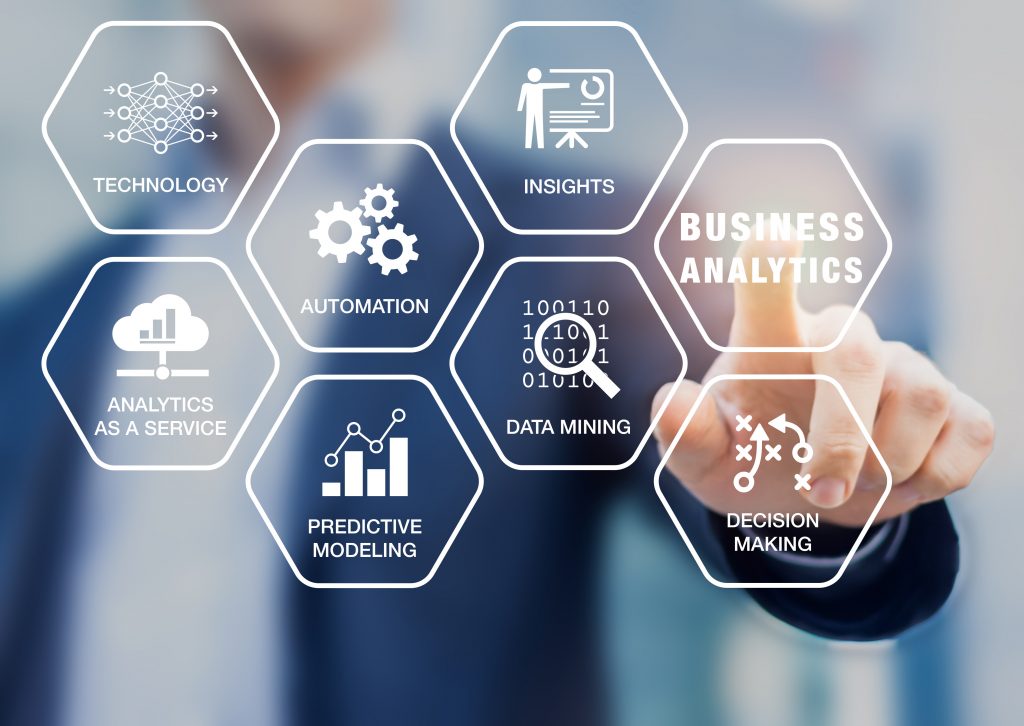
Data is being generated at a mind-boggling rate daily. The ever-growing quantum of data brings the opportunities and challenges to study and utilize it to our benefit. One of the popular fields that deal with data is big data analytics. Today, the use of big data across diverse industries, from the government to banking and healthcare to retail, is quite apparent as it plays a crucial role in solving different types of challenges and decision-making.
The write-up offers an insight into big data analytics.
A Brief Introduction to Big Data Analytics
Big data analytics helps organizations and individuals study raw data to discover trends and insights and interpret them into meaningful patterns to achieve different goals. Today, many renowned companies like Amazon, Spotify, Google, Instagram, and Facebook, among several others, use big data analytics.
Types of Big Data Analytics
There are four types of big data analytics:
- Diagnostic analytics
- Descriptive analytics
- Prescriptive analytics
- Predictive analytics
Diagnostic Analytics
It is used to investigate data and content. With the help of diagnostic analytics, you find out the reason behind/cause of a problem. Using this type of analytics, you can find the answers to your questions. Some techniques and tools are searching for patterns, filtering the data, using regression analysis, probability, etc.
Descriptive Analytics
It is used to uncover patterns by simplifying the data and summarizing it into an understandable form. This type of analytics helps you get insights into the past data and understand what causes those trends. It involves the analysis of raw data with the help of mathematical operations like statistics, clustering, and so on.
Predictive Analytics
This form of data analytics helps make predictions on future outcomes depending on the insight from data. These future outcomes, for instance, can be market-related events, consumer trends, and so on. Producing the best results involves using more sophisticated statistical modeling and machine learning tools.
Prescriptive Analytics
This type of data analytics takes inputs from descriptive & predictive analytics and helps find solutions for optimizing business practices. Prescriptive analytics benefits influencing a future event, such as mitigating any future risk.
Advantages of Big Data Analytics
Following are the advantage of big data analytics:
Risk Management
Big data analytics help businesses understand consumer behavior & market trends, but it also foresees any future risks and mitigates them.
Quicker & Better Decision-Making
Big data analytics has fuelled the decision-making process in today’s highly competitive environment. Now, organizations can make quicker and better decisions.
Enhanced Customer Experience
By analyzing customer behavior, businesses improve customer experience and stay ahead of their competitors.
Product Development & Innovations
Data collected as customer feedback on certain products can help businesses decide on the manufacturing and introduction of new developments in the market.
Focused & Targeted Campaigns
Big data analytics help businesses execute focused and targeted campaigns successfully.
Every domain/technology has some pros and cons, and the domain of big data analytics is no different. One of the biggest cons of big data analytics is that the supply of competent professionals is low compared to the demand. The field of big data analytics is quite promising and attracts students & young professionals to pursue it as a career option.
